AP HUG U6: Models
1/6
Earn XP
Description and Tags
Those unit 6 models!! they'll definitely come up...
Name | Mastery | Learn | Test | Matching | Spaced |
|---|
No study sessions yet.
7 Terms
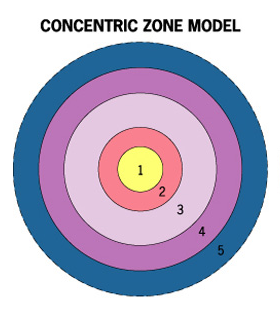
Concentric zone model
Made up of rings: CBD in the center, zone of transition (low-income housing), zone of middle class homes, zone of higher class homes, commuter zone (including the suburbs)
Outdated because? Globalization, advancements in transportation and changes in the layout of cities
Based on: Chicago
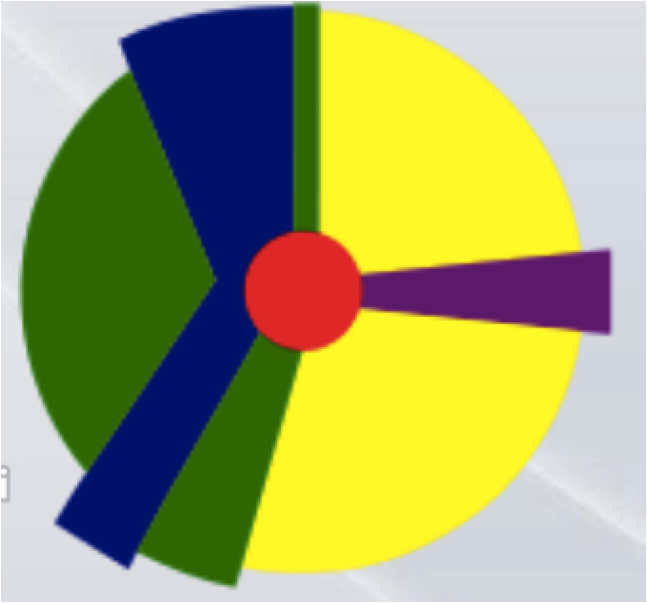
Hoyt sector model
Sectors extend outwards from the CBD: Connected to it is factories and low residential areas and middle/high residential areas
Outdated because? change in transportation systems, CBD is no longer as important, more personal vehicles
Based on: US cities
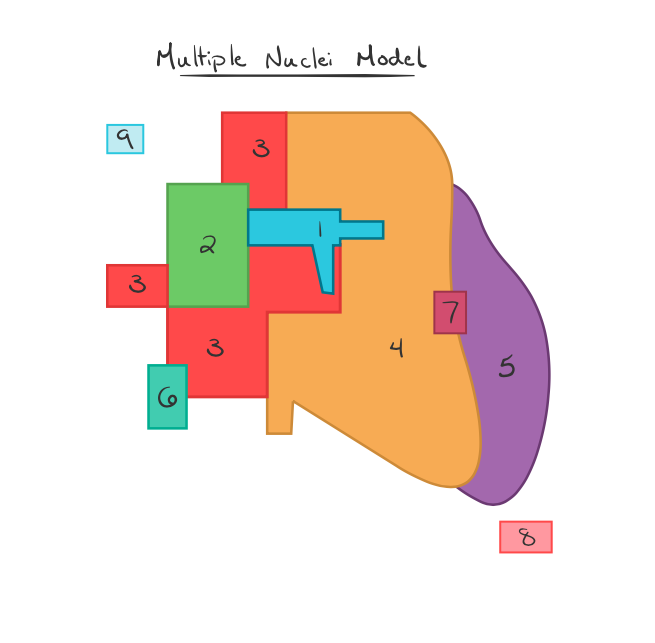
Multiple nuclei model
One large CBD with smaller nodes throughout the city (attracting different goods, services, and people). People live in areas of the city near their work and who also share a similar economic background
Outdated? No because it still represents an urban landscape
Based on: Chicago
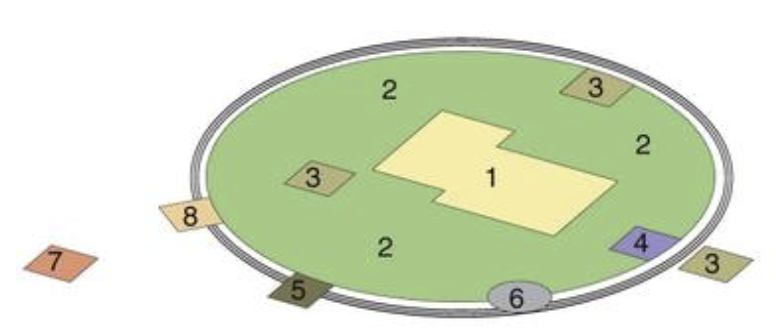
Galactic city model
Focused on a service based economy with the CBD at the center. More advanced infrastructure along with a beltway to different edge cities/settlements
Based on: Detroit
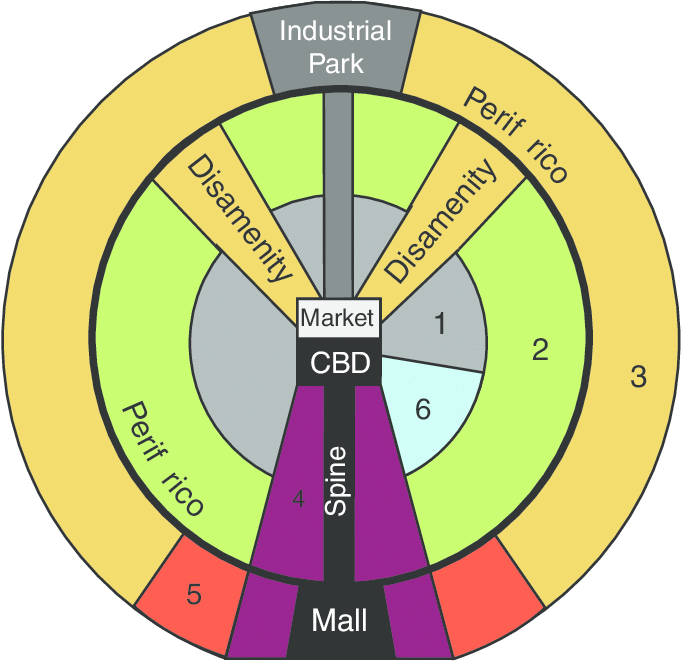
Latin American model
CBD and market in the center. Surrounded are residential neighborhoods (some which are gentrified). Extending outwards is more wealthy businesses/settlements. Surrounding the city are informal/squatter settlements
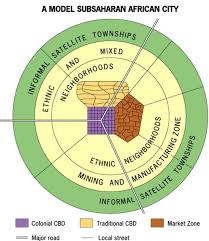
Sub-saharan African city model
Includes three different CBDS: colonial, traditional, and market. Three roads separate the city, historically by segregation of the poorest to richest (ethnic and mixed neighborhoods). Outside of the central point are informal satellite townships and a manufacturing zone.
Outdated? Yes because it doesn’t apply to all of the post-colonial African cities
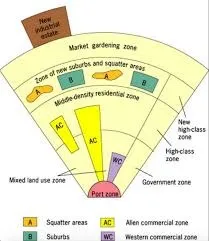
Southeast Asian city model
A port instead of a CBD due to the geography and rapid urbanization. Since the port is the center of commerce everything extends outwards from it: government and mixed-land use zone. Residential and industrial areas are farther away.